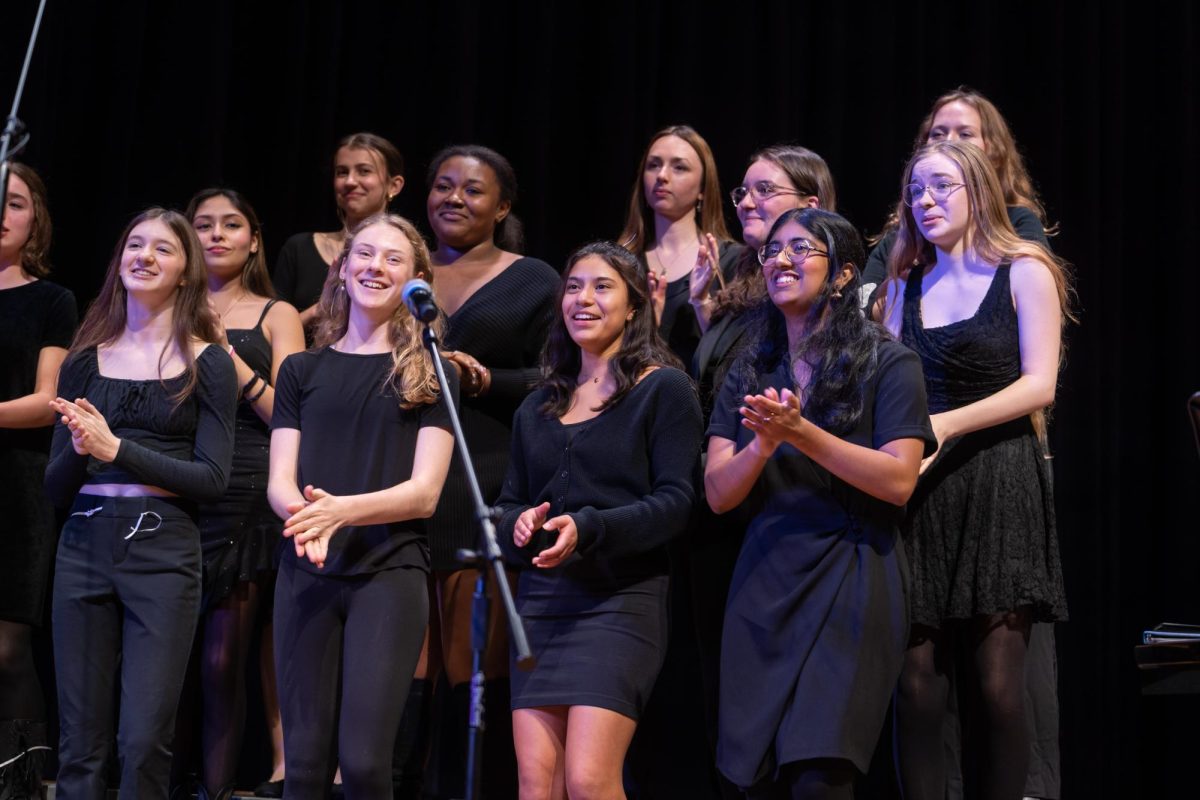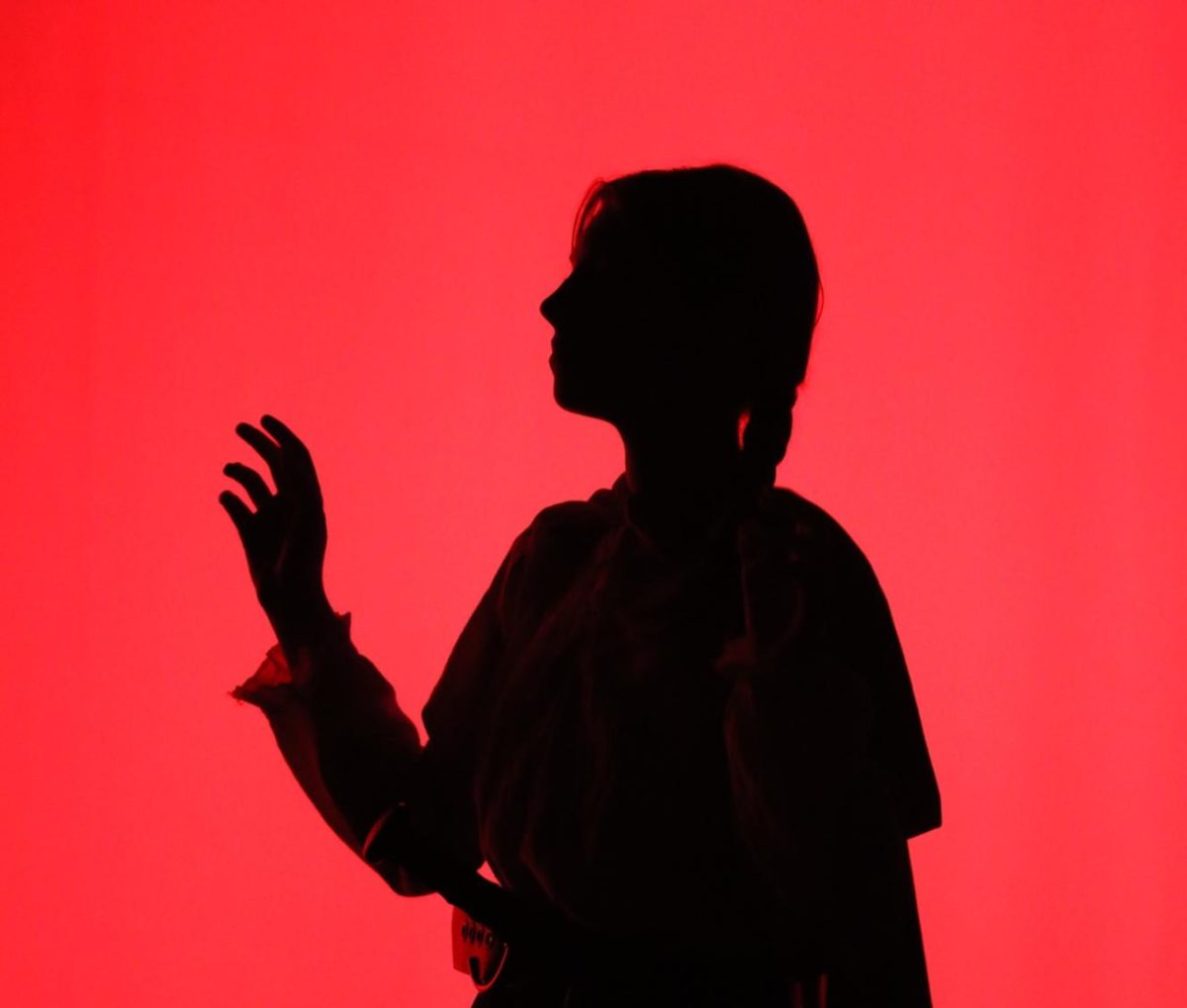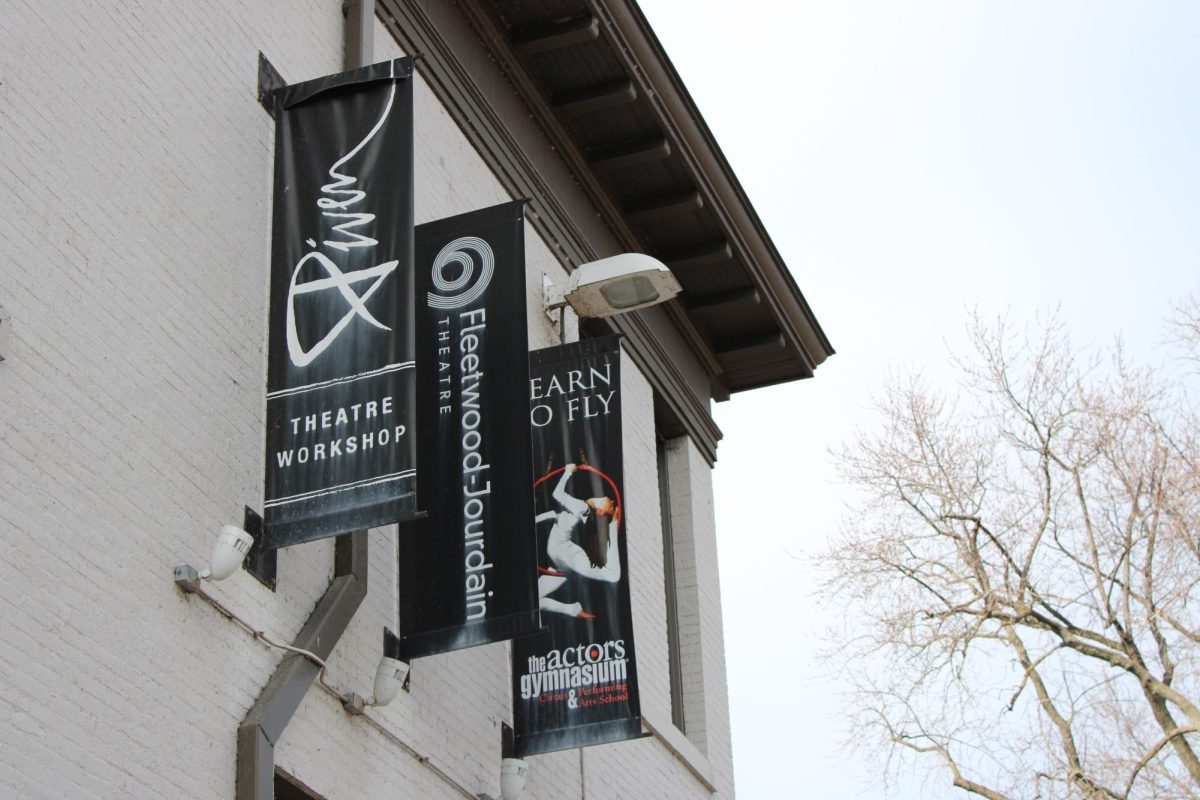Shawn Decker, an Evanston based artist who is known for his art that blurs the line between music, sound and visuals, created one of Evanston’s very own art installations, The Nest. The Nest is an art installation created by Decker and Jan Erik Andersson that is a larger version of a bird’s nest built of wood with built-in speakers. Decker uses and experiments with technology to compose unique music that takes into consideration both natural and unnatural sounds, which are seen in his art installations across the world.
Besides being a visual artist, Decker has mastered the art of the brew. He holds the position as co-founder and partner of the Evanston- based brewery Sketchbook. Decker studied music composition at Oberlin College and Northwestern University and holds a doctorate in music theory and composition. He now teaches in the Technology/Sounds Practices department at the School of the Art Institute in Chicago.
“(The sound department) is not a music program at all,” Decker says “It’s devoted to media arts and sound as art. That really made my work go into a non musical direction much more strongly than it had been.” Decker believes that sound does not have to be music, but rather can be an entirely different entity.
As his career continued to progress, Decker’s direction became more and more abstract with his work at the School of the Art Institute.
“The venues I was now working in were galleries and museums. The sounds that I was doing were more conceptual and less self contained things where you need quiet around you to listen to, but instead things that were designed to reflect on the environment you’re in.”
In the 1990s, Decker met Jan-Erik Andersson, a Finnish artist, through a program that connected international artists with American artists. The two made an odd pair at first, because they were both doing very different things in their careers.
At the time, Decker was making sculptures that created sound while Andersson was very consumed by performance art. Their first piece together was based solely on eating an apple. “We ended up doing a thing that was about the sound of eating, since I was most involved in doing sound work,” Decker explained, “We did a performance based around an apple- we did the sound of digestion, where I had a special mic and I mic’d his stomach as he digested that apple.”
In the early 2000s, Andersson and Decker debuted their first Nest installation in Finland. The piece was constructed of 200 wooden triangles that were stained a yellow tone to mimic a common Finnish house. Inside the Nest a series of speakers emit a variety of sounds selected by Decker that are electronically configured and coded.
Since then, Nests have appeared across the world with versions appearing in Berlin, Evanston, Wakefield Illinois as well as Helsinki, Turku, Uppsala, Hyvinkää in Finland .
Decker and Andersson describe their process when creating the Nests as very instinctual. How the Nest will look, what the sounds will be like; it is prepared but not executed until they are physically putting it together
“I create. I have all the material that I think I’m going to need. I’ll bring everything I’ve ever recorded, practically, because I don’t really know,” Decker remarks on an upcoming Nest installation at an orchestra festival.
The art of being able to create something spontaneously is incredibly valuable to this installation because it’s what gives it its meaning, and unique shape – decided by Andersson.The Nest’s shape often mimics its surroundings –where it is determines what it will look like.
“The one at the Evanston Art Center has this big, long, tapering neck part, and it was mirroring the (surrounding) chimneys,” Decker states.
The Evanston Art Center Nest now sits in the backyard of Decker and his partner’s home. It both sticks out with its bright yellow tone, and seems at harmony with the space. A tree hangs over the nest and when looking up through the hole you can see a smattering of green.
“Sean and I spent quite a bit of time constructing it. It both opens up and escapes, but also confines. We worked a lot on the shape of the entrance, the doorway.” Alice George, Decker’s partner comments.
The Nest has become an important space within their home. It is used by friends when hosting parties but also for personal reflection. The four speakers that hang across the nest play various noises like cicadas, crickets, and other sounds that are entirely digitally crafted by Decker.
“I will sometimes come in here and relax, and so does Alice. She has a sangha that she meets and meditates with and they come in here. We invited them, anytime they want to walk into our yard and feel free to sit in here.”
The sounds of the outside world blend with those inside the Nest, creating a sense of calm that’s hard to find in Evanston. The way the Nest is enclosed makes it feel separate from everything else and makes those inside of it feel closer to nature.
As Decker moves forward in his art career he takes his appreciation for The Nest with him.
“I like how peaceful it is. I like how it really does heighten my attention to things. As I’m listening, I really am listening and seeing the outside world more actively than I would be otherwise.”






